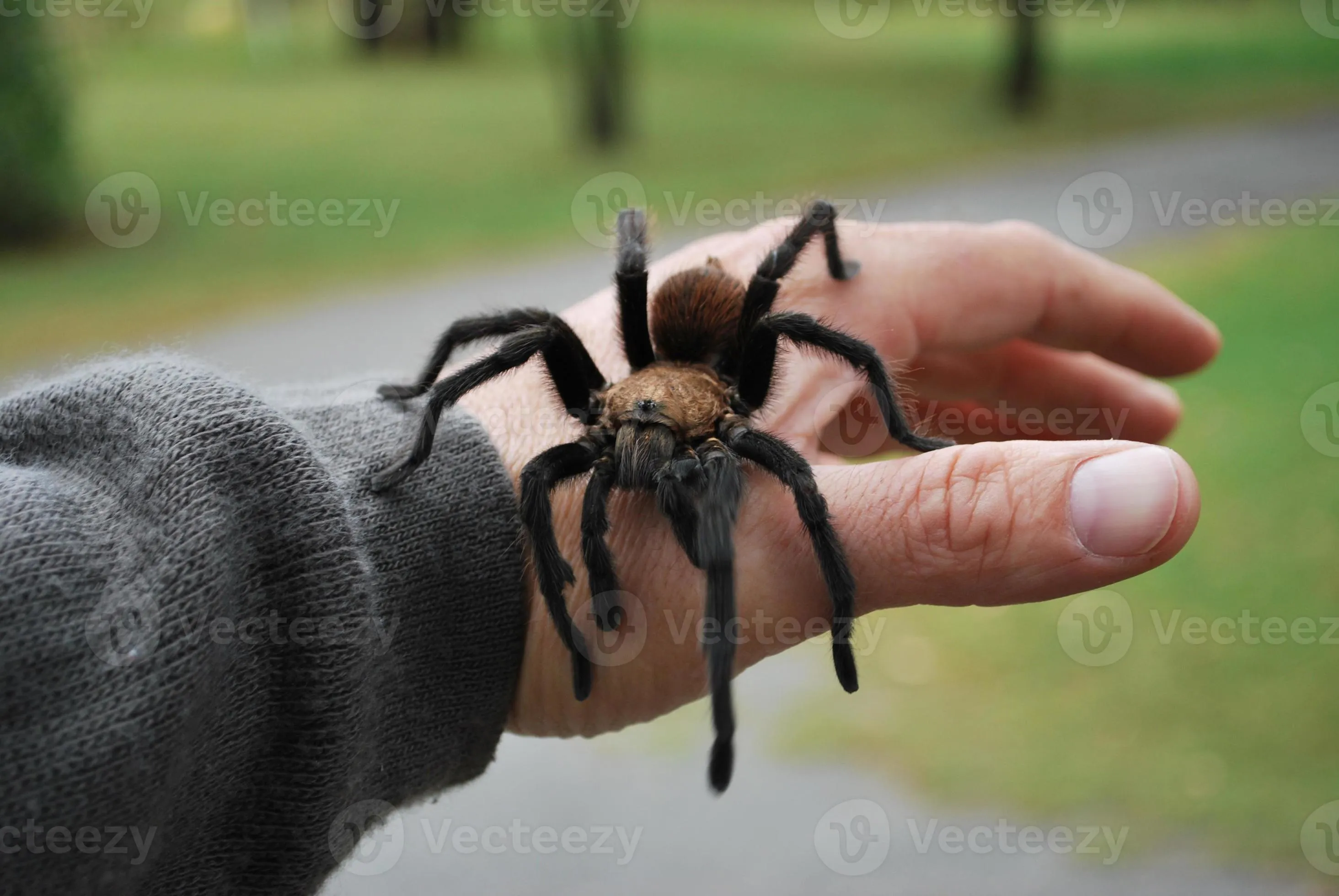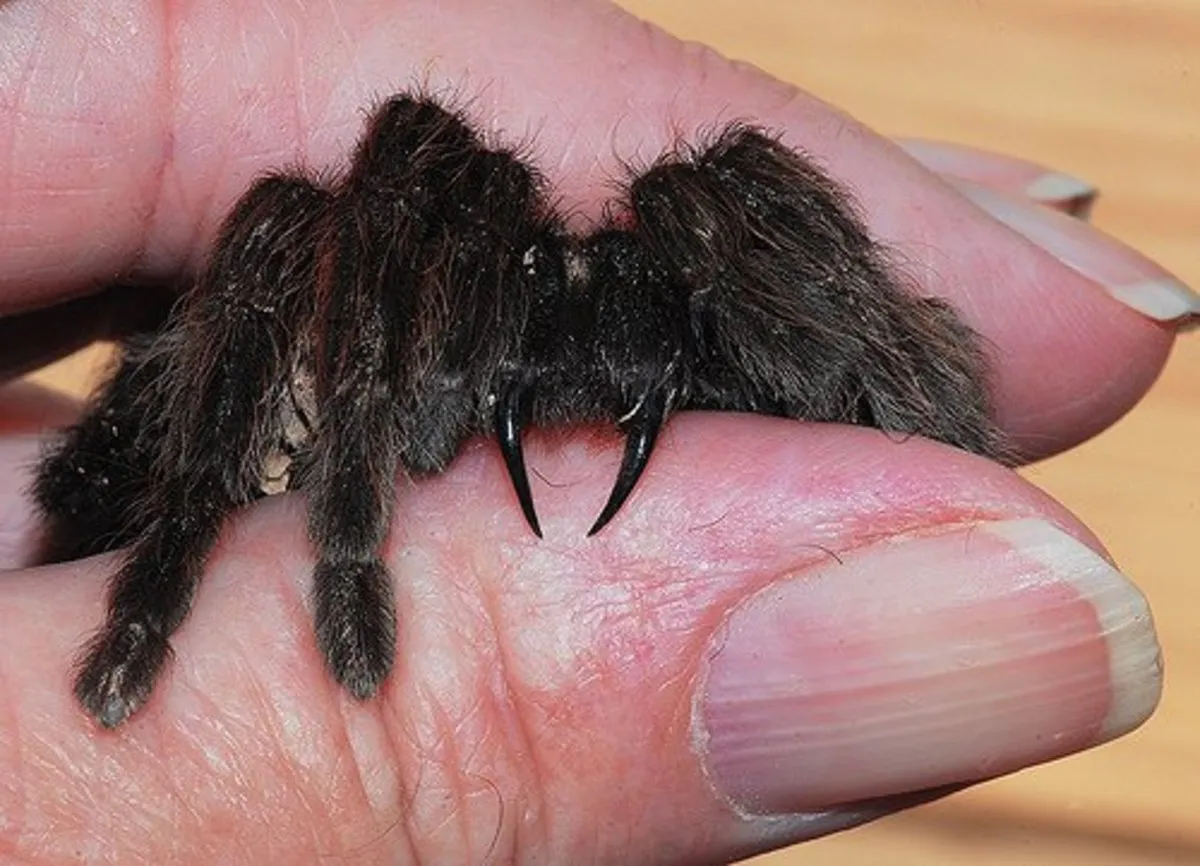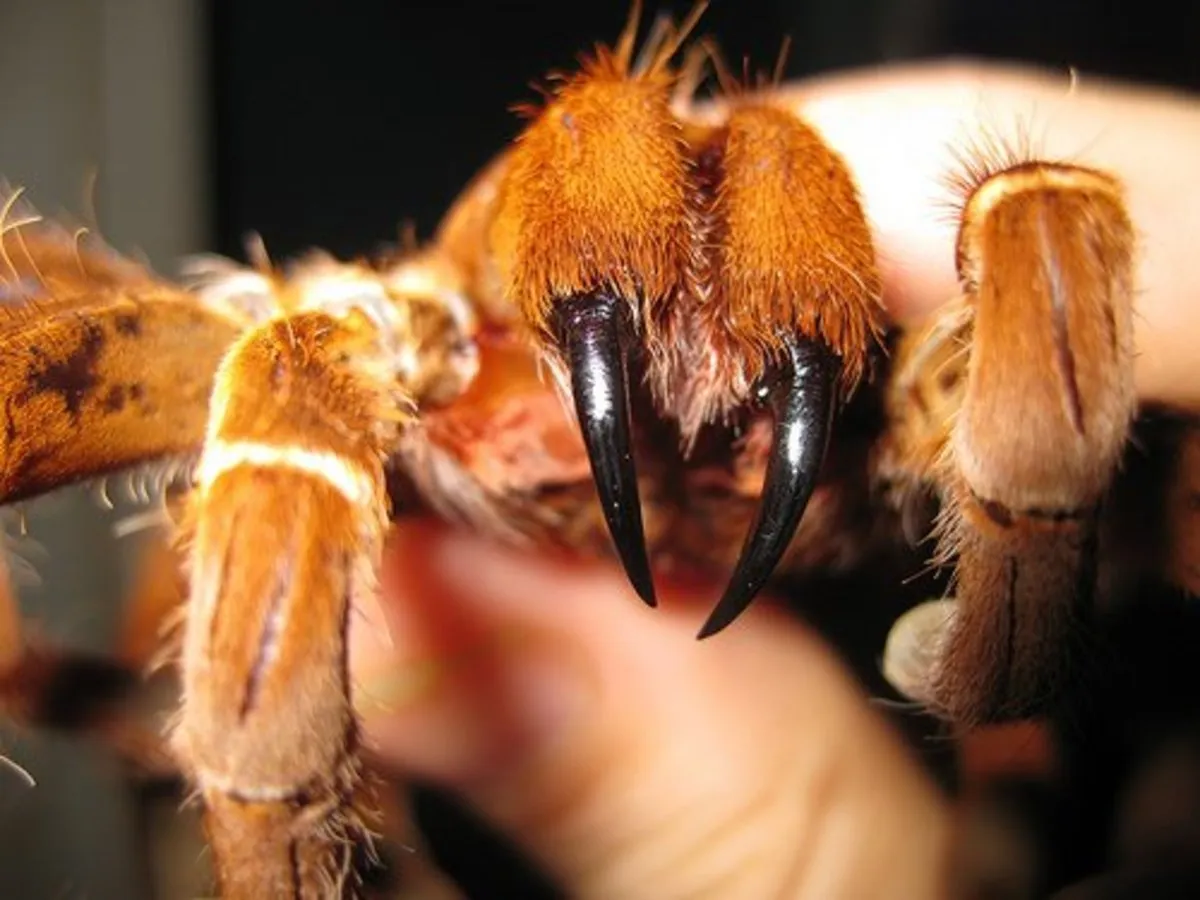What Happens If a Tarantula Bites Your Hand?
A tarantula bite can be a startling experience, and understanding what to expect is crucial. While tarantula bites are rarely life-threatening to humans, they can be painful and cause various symptoms. This article will delve into the top 5 facts about tarantula bites, helping you understand tarantula behavior, recognize symptoms, administer first aid, assess the severity of a bite, and implement preventive measures. Whether you are a tarantula owner, enthusiast, or simply curious, this guide provides essential information to ensure your safety and well-being.
Tarantula Bites Hand Fact 1 Understanding Tarantula Behavior
Tarantulas, despite their intimidating appearance, are generally not aggressive creatures. Bites usually occur as a defensive measure when the spider feels threatened or provoked. Understanding why tarantulas bite can help you avoid situations that might lead to a bite. Several factors influence a tarantula’s behavior, including its environment, handling, and overall health. Knowing these factors can help you minimize the risk of a bite and interact with these fascinating creatures responsibly. In most instances, tarantulas will try to escape rather than attack. However, when cornered or mishandled, they may resort to biting as a last resort.
Why Tarantulas Bite?

Tarantulas bite primarily when they feel threatened or are defending themselves. This can happen if they are startled, feel trapped, or perceive a threat from their environment. The most common triggers include sudden movements, attempts to handle them improperly, or exposure to predators. Other reasons include protecting their eggs, molting, or even when they mistake a finger for food. Stress and improper handling are major contributors to bites, so it is essential to understand their behavior to handle them safely.
Defensive Mechanisms
Before resorting to a bite, tarantulas employ various defensive mechanisms. These often include raising their front legs, hissing, or flicking urticating hairs (small, irritating hairs) from their abdomen toward a perceived threat. Some species also have other defense strategies, such as making a threat display, which involves showing their fangs to scare off potential attackers. These mechanisms give humans warnings, but if these warnings are not respected, the tarantula may resort to biting as a last resort.
Tarantula Bites Hand Fact 2 Symptoms of a Tarantula Bite on Hand
Recognizing the symptoms of a tarantula bite is crucial for prompt and effective treatment. Symptoms can vary depending on the species of the tarantula and the individual’s sensitivity. Common symptoms include immediate pain, redness, and swelling at the bite site. Understanding what to expect can help you respond quickly and seek appropriate medical attention if needed. The severity of the symptoms can also vary from mild discomfort to more serious reactions. This section will outline the immediate reactions and potential allergic responses.
Immediate Reactions

The most common immediate reaction to a tarantula bite is pain. The intensity of the pain can vary, ranging from a mild sting to a more intense burning sensation. Swelling and redness around the bite site are also typical. Other immediate reactions may include itching, warmth at the site, and minor bleeding. In many cases, these symptoms subside within a few hours or days. It is important to monitor the affected area for any changes, as more severe reactions may develop.
Potential Allergic Responses
Some individuals may experience allergic reactions to tarantula bites. These reactions can range from mild to severe. Mild allergic reactions include increased swelling, itching, and hives around the bite site. More severe reactions, although rare, can include difficulty breathing, chest pain, nausea, and dizziness. Anaphylaxis, a life-threatening allergic reaction, is extremely rare but requires immediate medical attention. If you experience any severe allergic symptoms, seek medical help immediately.
Tarantula Bites Hand Fact 3 First Aid for Tarantula Bites
Knowing how to administer first aid for a tarantula bite is essential, especially if you own tarantulas. The following steps can help you minimize discomfort and reduce the risk of complications. Prompt action is crucial for effective first aid, including washing the bite area with soap and water, applying a cold compress, and monitoring for any signs of allergic reaction. If the bite is severe or symptoms worsen, seek medical attention immediately. Proper first aid can make a significant difference in the healing process.
Initial Steps After a Bite

The first step is to remain calm. Wash the bite area gently with soap and water to prevent infection. Apply a cold compress or ice pack to the bite site to reduce swelling and pain. Elevate the affected limb to help minimize swelling. If possible, identify the tarantula species, as this information can be helpful for medical professionals. Monitor the bite site and your overall condition for any adverse reactions. Avoid scratching the bite area, as this can increase the risk of infection.
When to Seek Medical Attention
Seek medical attention if you experience severe symptoms such as difficulty breathing, chest pain, dizziness, or widespread swelling. If you develop signs of infection, such as increased pain, redness, warmth, or pus, consult a healthcare provider. People with known allergies to insect venom should seek immediate medical attention. It is always best to err on the side of caution, especially if you are unsure of the severity of the bite. Medical professionals can provide appropriate treatment and guidance.
Tarantula Bites Hand Fact 4 Severity and Risks of a Bite
Understanding the severity and risks associated with a tarantula bite is crucial for managing potential complications. The toxicity levels of tarantula venom vary between species, with some being more potent than others. Long-term health concerns are rare, but it is important to be aware of the potential risks and take appropriate precautions. This section will delve into the toxicity levels and the potential for long-term health issues that can arise from a tarantula bite.
Toxicity Levels

The venom of most tarantula species is not considered highly toxic to humans. Bites typically cause localized pain, redness, and swelling. However, the toxicity of the venom can vary significantly between different species. Some species have more potent venom than others, and the severity of the bite can also depend on the amount of venom injected. Generally, tarantula bites are less dangerous than the bites of many other venomous creatures, such as snakes and scorpions. Always identify the tarantula, if possible, as this can help healthcare professionals assess the risk.
Long-Term Health Concerns
Long-term health concerns resulting from tarantula bites are rare. In most cases, the symptoms resolve within a few days or weeks. However, there is a small risk of secondary infections if the bite site is not properly cared for. Additionally, some individuals may develop localized allergic reactions or hypersensitivity to the venom. In rare cases, severe allergic reactions can lead to long-term health issues. If you experience persistent or worsening symptoms after a tarantula bite, consult a healthcare professional to rule out any underlying complications.
Tarantula Bites Hand Fact 5 Prevention and Safety Measures
Preventing tarantula bites involves understanding tarantula behavior and creating a safe environment for both yourself and your pet. Handling tarantulas safely and practicing preventative measures will significantly reduce the risk of bites. This section provides practical tips on how to handle tarantulas safely and maintain a safe environment for both you and your tarantula. By following these guidelines, you can minimize the risk of bites and ensure a positive experience with these amazing creatures.
Handling Tarantulas Safely

Always handle tarantulas with caution. Avoid handling them unless absolutely necessary, such as during cage cleaning or health checks. If handling is required, do so near a soft surface, such as a bed or a table covered with a blanket, in case the tarantula falls. Use a long-handled tool, like a paintbrush or a container, to gently encourage the tarantula to move if needed. Never make sudden movements or try to grab the tarantula. Always wash your hands before and after handling your tarantula to prevent the spread of bacteria. If you are not comfortable handling the tarantula, ask a qualified expert for assistance.
Creating a Safe Environment
Creating a safe environment for your tarantula is crucial for preventing bites. Ensure the enclosure is secure and escape-proof. Handle the enclosure in a quiet area away from loud noises, vibrations, and sudden movements. Avoid overcrowding the enclosure. Provide a suitable habitat with appropriate temperature, humidity, and hiding places. Regularly clean and maintain the enclosure to keep it free from contaminants. Educate yourself about the specific needs of your tarantula species and provide the best possible care.
In conclusion, tarantula bites are rarely life-threatening but can be a painful experience. Understanding the facts about tarantula behavior, recognizing symptoms, administering first aid, assessing the severity of a bite, and implementing preventive measures are essential for anyone who interacts with these fascinating creatures. By following the guidelines outlined in this article, you can minimize the risk of bites and ensure a safe and positive experience. If you are bitten by a tarantula, stay calm, follow the first aid procedures, and seek medical attention if necessary. With the right knowledge and precautions, you can safely appreciate the wonders of these amazing spiders.
